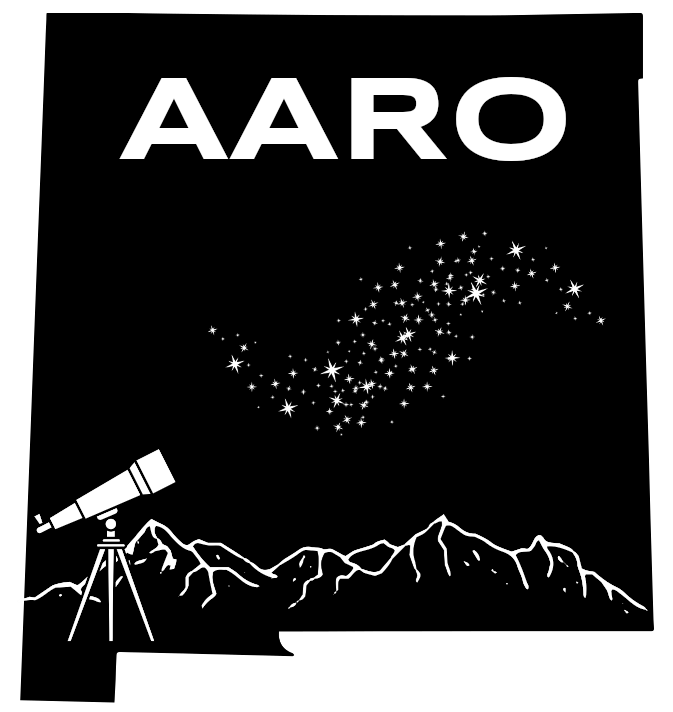Living in the Pacific Northwest, USA, where it is cloudy most of the year, I’ve searched a long time for a remote imaging facility that fits my needs. I have found that, and much more, at Astronomy Acres Remote Observatories (AARO) in Rodeo, New Mexico. Here is a facility where one of my telescopes has found its new home! The site is in the far southwestern corner of New Mexico, under Bortle 1 skies, at an elevation of almost a mile. Standing outside the observatory at night, one can barely see the ground. The owner of the facility, Michael Kidd, an amateur astronomer himself, has thought of everything. My telescope is one of 17 that occupy the three roll-off roof observatories. Each pier location has electrical power on an uninterruptible power supply and a secure Internet connection. If power is out for more than 30 seconds, an on-site generator starts up to keep the whole site powered! Indoor security cameras, an on-site weather station, and an Allsky camera allows me to keep tabs on everything via the newly deployed status page. There is a fully equipped warm room to stay cozy while you fine tune your installed kit. If there are any issues, Michael is just a text message away.
AARO had a custom pier built to match my mount and installed before I even got there so my install went smoothly. Even after my return home, as I learn the ins and outs of remote imaging software, Michael has offered help, suggestions and onsite assistance. You couldn’t ask for a more genial host or dedicated site manager.
As for the imaging, the pictures (which I wish I could include here) speak for themselves. Objects too low in the sky to image well from home (M8, M20) are an easy catch. Really faint objects, such as the Blue Horsehead Nebula (IC4592) show up beautifully in these incredibly dark skies. I have even imaged the faint Integrated Flux Nebula around Polaris (as seen in the above image), something I can’t ever do from home even with it higher in the sky. I’m looking forward to having mountains of data to process!
People say if something is too good to be true, it probably is. AARO is an exception to that rule. It sounded too good to be true when a friend of mine first told me about it. However, after a month of remote imaging from there, I can attest that it truly exceeds all expectations. I couldn’t be happier.
Arnie W. from Corvallis, Oregon ( AstroBin Gallery )


